 DigiWomen.eu
DigiWomen.eu
Specific places for digital presence
Do you have something that you want to share with the world and you need a place to share it online? Content management/organisation: whether you decide to build a website or set up a photo gallery, your content has to be organised in a simple way for users to find what they are looking for. Vlogs. A video blog or video log is the same as a blog, described above, but the postings are in video format. Vlogs were initially popular on YouTube, and now you can find vlogs on Instagram, Facebook, etc. Blogs and vlogs provide their creators with a voice. Bloggers and vloggers are able to share their interests, exchange their thoughts, and inform their audience on issues that resonate with them. They are able to document life, share adventures and provide visual viewpoints on a platform easily accessible to all. As smartphones are widely available, a more diverse and often younger audience is able to blog and vlog, without the necessity of expensive computing hardware. Blogs and vlogs are also used by journalists, researchers and activists as an important means and source of information and expression. Technology can be used as a motivating factor. People are interested in blogs because of their creativity and possibilities for self-expression. This can be used as a vehicle to teach a wide variety of subject matter. Discussion forums are already pretty specific: you can set up discussion forums or message boards for your company, product or field of interest, for instance. Publish your Google My Business Profile. Setting up your Google My Business listing is one of the simplest and most effective ways of setting your business up to be found online. You can display important information about your business, including the opening/closing times, contact details or a link to your website. eNewsletters – use this to send out fortnightly communications/updates – include user feedback and create a call to action. There are many great tools to support you in setting up your newsletter with Mailchimp as the most popular and alternatives such as: Moosend, Sendinblue, HubSpot, Omnisend, GetResponse, Constant Contact, MailerLite, AWeber, and Mailjet.
Blog. A blog is an online journal or informational website displaying information in chronological order with the latest posts appearing first, at the top. It is a platform where a writer or a group of writers share their views on an individual subject. Blogs are a type of website. The only difference is that blogs have frequently updated content and websites tend to be much more static and is organized into pages. A blog can be a website on its own or a part of a bigger site. The best is that it is free. The rise of Facebook, Twitter and other "microblogging" systems helps integrate blogs into the news media. Experts note a three-step process involved when blogging: defining audience, purpose and scope. Some of the most popular include:
If you just want to share pictures, videos or music, you can choose to set up an account on a service that is specialised in hosting that type of content.
